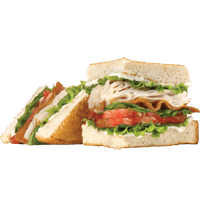Pizza Glycemic Index (GI) - Is It High or Low?
Pizza is a versatile dish with various interchangeable ingredients. Traditionally, it consists of wheat-based dough and toppings such as cheese and tomatoes. Depending on these toppings, the glycemic index of a pizza can naturally vary greatly.
Based on the numbers from The International Tables of Glycemic Index Values, cheese pizza from Canada has a glycemic index of 60. At the same time, pizza from Italy, served with parmesan cheese and tomato sauce, has a GI of 80 (1).
The pan “Super Supreme” pizza with a thick crust containing ham, pepperoni, Italian sausage, beef, pork, mushrooms, green pepper, onions, and black olives has a glycemic index of 36±6. The GI of the same pizza with a thin and crisp crust falls in the range of 30±4. Stone-baked pizza with vegetables, pesto, and feta cheese has a GI of 54±4 (1).
Pizza with shredded mozzarella cheese and a tomato base from Australia has a glycemic index of 60 (2).
As most pizza toppings such as tomatoes, cheese, and meat have low glycemic indices, it can be presumed that a pizza’s glycemic index mostly depends on the qualities of the pizza dough. Research shows that pizzas made from refined wheat flour instead of whole wheat or mixed flour have a higher glycemic index (3).
Pizza baked with sourdough instead of brewer’s yeast and leavened for a longer amount of time resulted in a lower blood glucose level after consumption (4).
In conclusion, most types of commercial pizzas have moderate to high glycemic indices; however, through alteration of preparation methods, the glycemic index of a pizza can be lowered.
Check our glycemic index chart page for more GI values of other foods.



